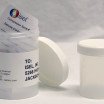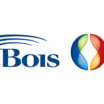Knowledge Base Articles
Q: How Does A Lubricant Reduce Friction And Wear Between Moving Solid Surfaces?
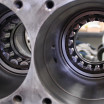
A: Before answering this question, let’s look at how friction and wear occur between moving machine parts. Solid surfaces that appear smooth and polished to the naked eye are...
Q: Is It Possible To Prevent The Oxidation Of A Lubricant?
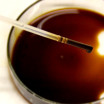
A: Oxidation, the chemical reaction between a lubricant and oxygen, cannot be avoided, but you can slow its progression. Since heat is a major catalyst that tends to hasten...
How To Interpret Your Oil Analysis Report

Oil analysis reports contain vital information about the condition of a lubricant and of the equipment in which the lubricant is being used. By nature, these reports are complex....
Prolong Equipment Life: Keep Lubricant Oxidation At Bay

It’s a simple fact of lubricant life: Lubricants do not last forever. Even under the best conditions, a lubricant will eventually degrade over time due to a process known...
Q: Is NLGI Grade Essentially The Same As Viscosity?
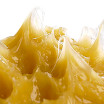
A: No. NLGI grade (named for the National Lubricating Grease Institute that developed the grading system), is primarily a function of the thickener used in the grease formulation. Meanwhile,...
An Introduction To Industrial Lubricant Additives
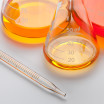
The world of lubrication is one of diversity: Each machine, application and set of operating conditions demands a particular combination of lubricant properties and functions. These demands create the...
Q: Is Water Contamination In A Lubricant A Problem?
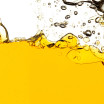
A: Water can cause a variety of problems in a lubricant. For instance: It can reduce a lubricant’s viscosity (a condition known as viscosity dilution), thereby diminishing the lubricant’s...
How Do You Test For Oil Viscosity, TAN, Water Content And Metals?

The information gleaned from routine oil analysis can help optimize lubricant life, ensuring viable lubricants are not prematurely put to waste. The laboratory reports on oil samples typically contain...
Q: Are Two Lubricants With Virtually The Same Performance Specifications Essentially Interchangeable?

A: Not necessarily. Even if they have the same performance characteristics, they may differ in chemical composition. Chemical compatibility is a critical consideration when switching or topping off one...
Q: When Selecting A Lubricant For Cold-Temperature Operations, What Sort Of Pour Point Should I Look For?
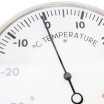
A: To ensure proper fluidity at low temperatures, the pour point of a lubricant (the lowest temperature at which it is designed to flow) ideally should be more than...
